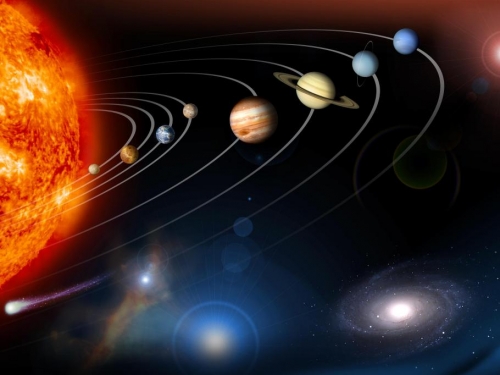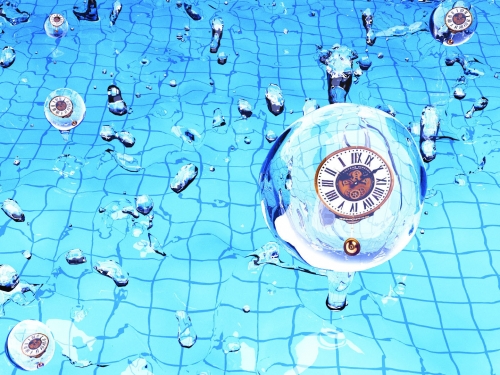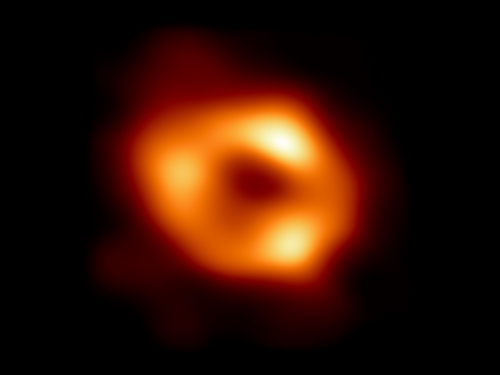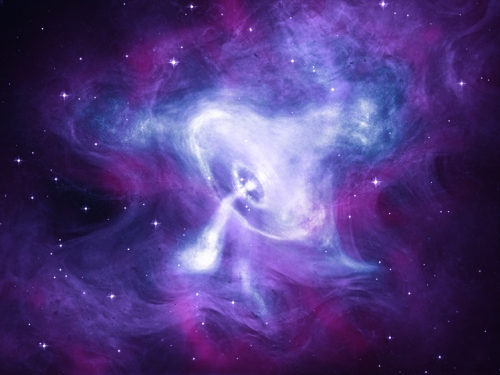

Beginning with studies of our sun in 1890, the Smithsonian has been answering questions about our atmosphere and beyond for more than a century. The Center for Astophysics | Harvard & Smithsonian advances our knowledge and understanding of the universe through research and education in astronomy and astrophysics. The Smithsonian's National Air and Space Museum maintains the world’s largest collection of historic aircraft and spacecraft and is a vital center for research with its Center for Earth and Planetary Studies.
Understanding Our Sun and Solar System
Our solar system, located in the Milky Way Galaxy, is our celestial neighborhood. It consists of eight planets, several dwarf planets, dozens of moons, and millions of asteroids, comets, and meteoroids. Scientists at the Center for Astrophysics | Harvard & Smithsonian are studying our sun’s past, present, and future. The National Air and Space Museum’s Center for Planetary Studies is studying the history of our solar system to find if life may have once existed on a planet other than our own. The museum also features galleries and exhibitions focused on inspiring the world to think about our place in the solar system.
Understanding the Nature of the Universe
What is the universe made of? How did it begin? How has it evolved over the 13.8 billion years since its origin? These are some of the questions addressed by cosmology, the study of the universe as a whole. Smithsonian astronomers and astrophysicists use observational and theoretical techniques to help us answer other "big questions" of the universe. What do black holes look like? Is there life on other planets? What are dark energy and dark matter?
Exploring Space
The Smithsonian's National Air and Space Museum preserves milestone objects used in space exploration, from the Apollo 11 command module Columbia to the space shuttle Discovery, and helps understand what we find on these missions. The museum's researchers also help identify exciting research sites on Mars, other planets, and their moons, to guide exploratory missions aiming to find potential landing sites for future crewed missions.












